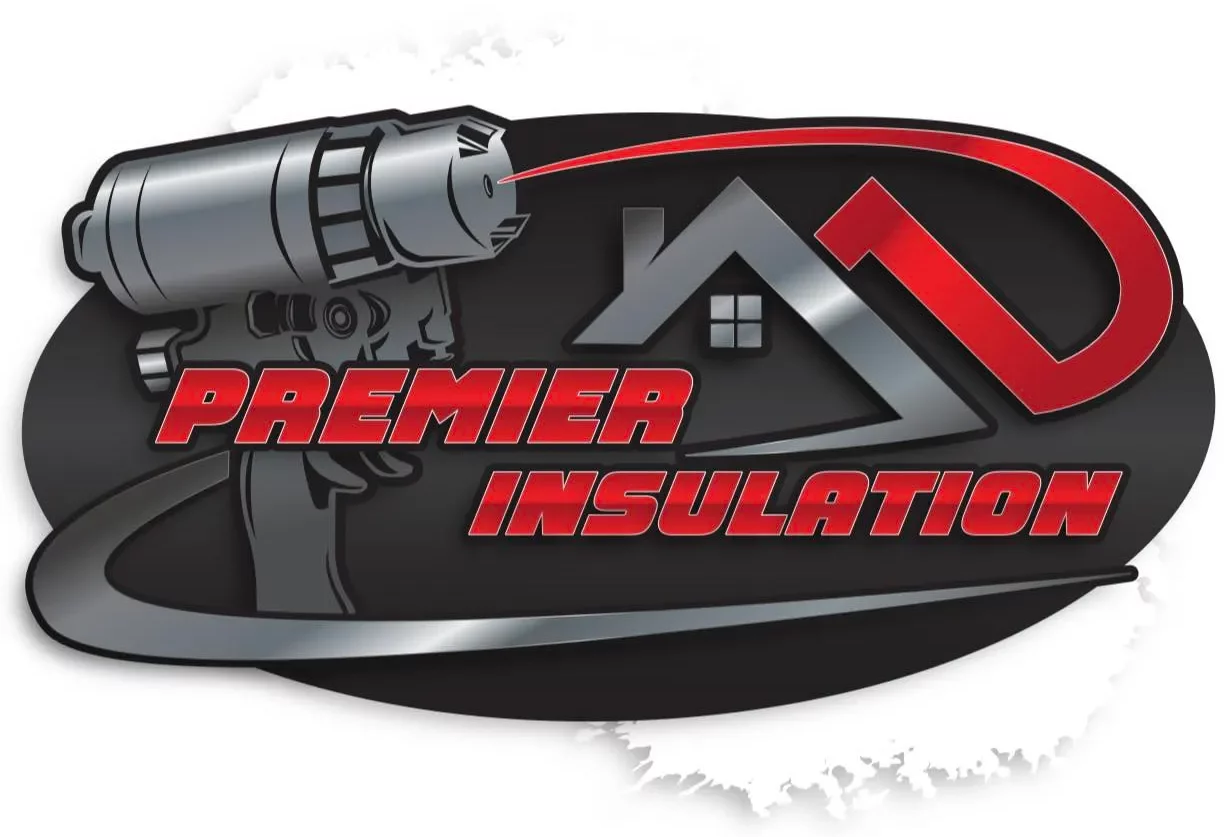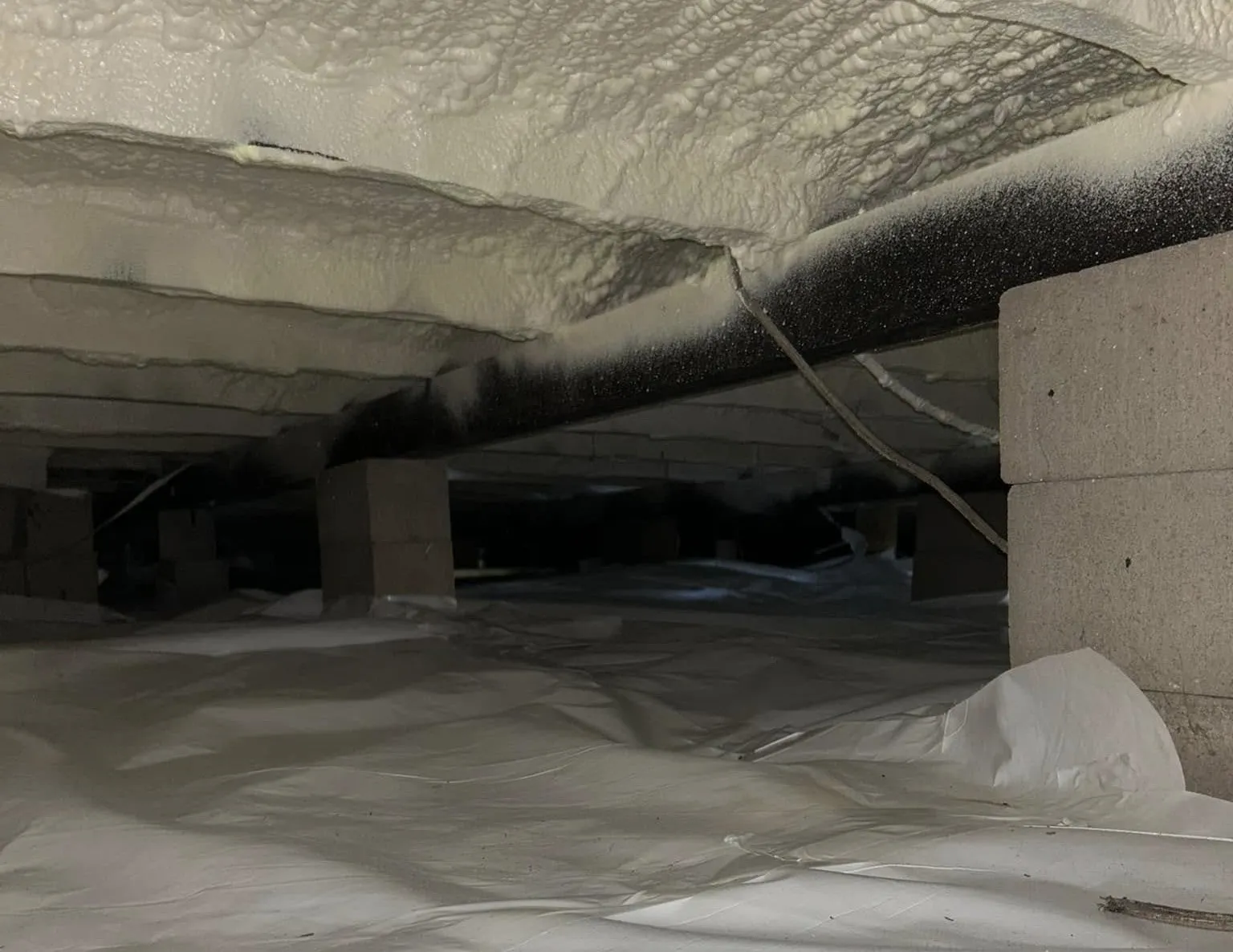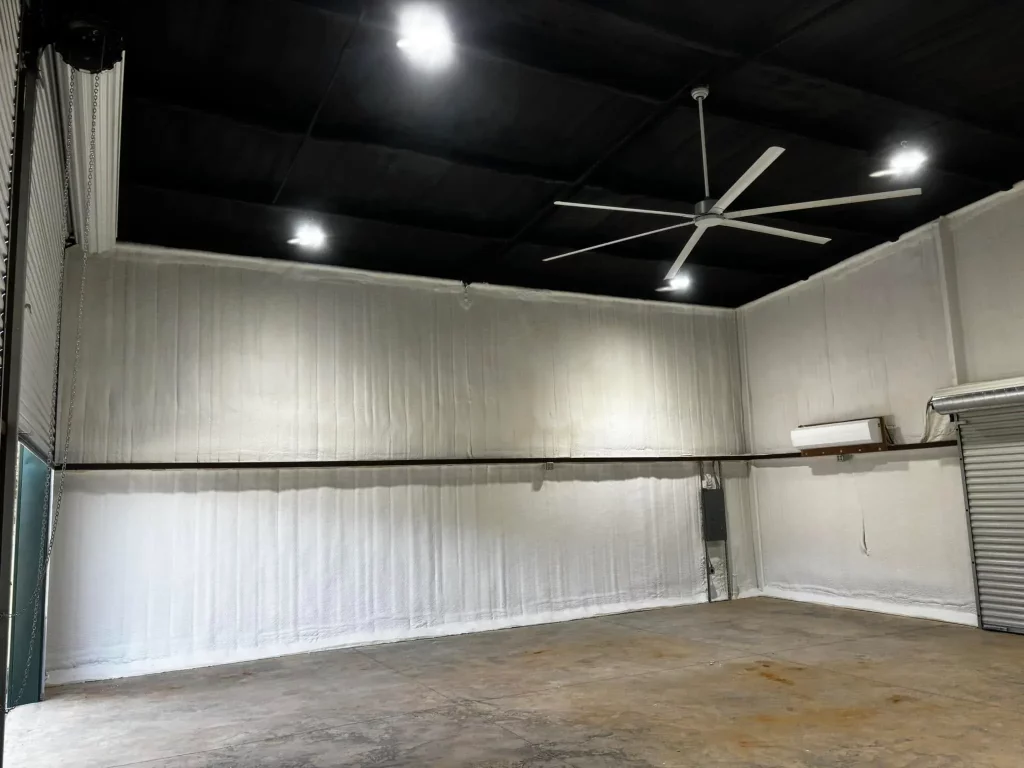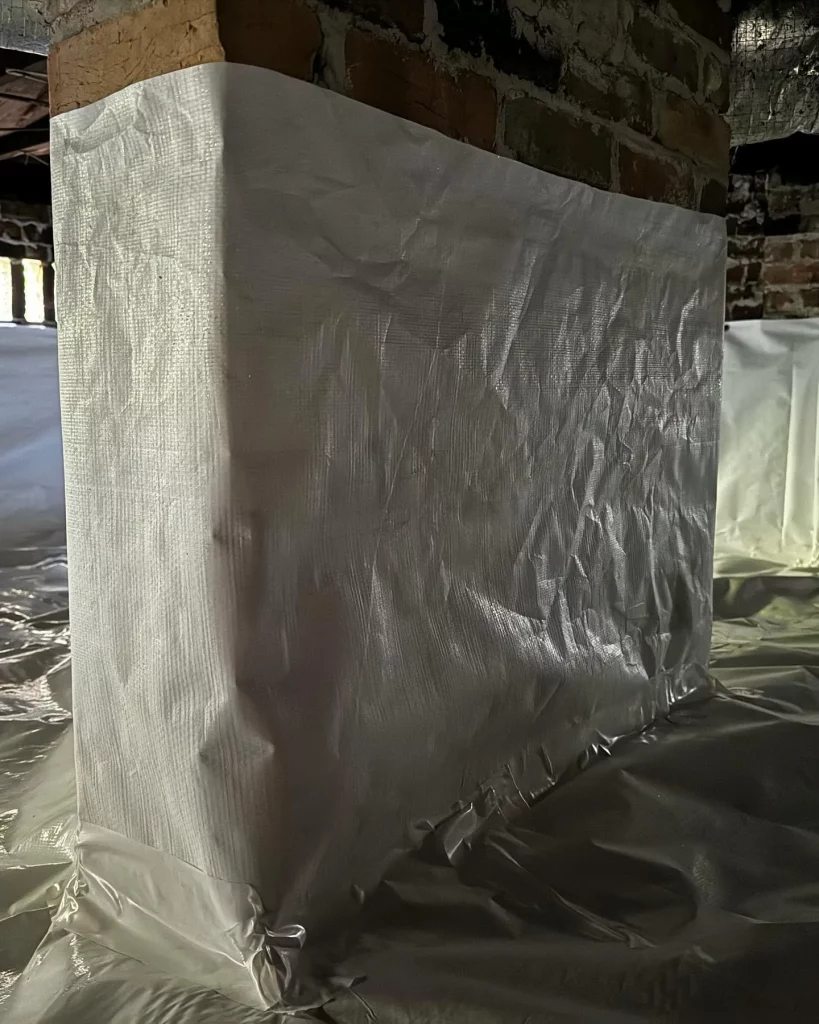A crawl space mold inspection starts with a detailed visual and moisture assessment. Mold specialists examine subflooring, joists, insulation, and wall surfaces for visible mold, water damage, and humidity irregularities. The inspection identifies sources of excess moisture, checks air movement, and evaluates whether mold presence is isolated or widespread.
Expect physical access to the crawl space, infrared thermal imaging (if necessary), humidity level testing, and possible surface sampling. Mold inspectors document findings through photos and detailed notes. Inspection outcomes inform the scope of crawl space mold remediation or additional crawl space improvements.
Premier Insulation GA applies firsthand experience dealing with crawl space environments throughout Georgia’s humid subtropical climate. This guidance reflects industry-standard practices combined with localized knowledge of insulation behavior, moisture movement, and common crawl space issues.
Our work in Georgia has been recognized publicly; see our latest press release showcasing successful crawl space projects and the results homeowners have experienced.
How the Mold Inspection Process Works
Step-by-step breakdown
| Phase | Process Description |
|---|---|
| Initial Assessment | Inspect entry points, ground moisture levels, air circulation, and signs of water intrusion. |
| Visual Mold Check | Examine insulation, wood framing, HVAC ductwork, and vapor barriers for visible mold or stains. |
| Moisture Testing | Use a digital moisture meter on wood framing and subfloor materials to detect hidden dampness. |
| Relative Humidity Check | Gauge humidity levels. Readings above 60% often correlate with mold growth. |
| Surface Sampling (if needed) | Tape-lift or swab samples taken from suspect surfaces for lab analysis. |
| Documentation | Capture photo evidence and create a report of the findings and problem areas. |
Bonus Tip
To improve access and safety during the inspection, clear stored items and confirm exterior grading directs water away from the foundation.
What Inspectors Look For
Mold Signs and Contributing Conditions
| Indicator | Description |
|---|---|
| Visible Mold | Black, green, or white spotting or streaks on wood, insulation, or concrete. |
| Musty Odors | Persistent mildew-like smell signals fungal activity. |
| Wet Insulation | Indicates prior leaks or poor vapor barrier. Common with fiberglass in humid crawl spaces. |
| Wood Discoloration | Gray, brown, or darkened spots suggest mold or rot. |
| High Humidity | Promotes mold development, especially in summer or after rainfall. |
| Condensation on HVAC Ducts | Traps moisture and feeds mold on surrounding surfaces. |
Technical Data
| Metric | Ideal Range | Problematic Threshold |
|---|---|---|
| Wood Moisture Content | < 15% | > 20% |
| Relative Humidity | 30%-50% | > 60% |
| Ground Vapor Barrier Coverage | 100% | < 90% |
Bonus Tip
Always inspect for mold behind insulation and around plumbing lines two often overlooked mold growth zones.
Things to Consider Before Making a Decision
- Extent of Mold: Minor mold may only need cleaning and dehumidification. Widespread issues often require full remediation.
- Condition of Insulation: Wet, compressed, or deteriorating insulation will need removal or replacement.
- Crawl Space Access: Limited access could affect inspection completeness or remediation strategy.
- Local Climate: High humidity in southern Georgia increases mold risk. Inspect before or after peak wet seasons.
- Ventilation: Passive vents often fail in humid climates. Consider mechanical ventilation or encapsulation.
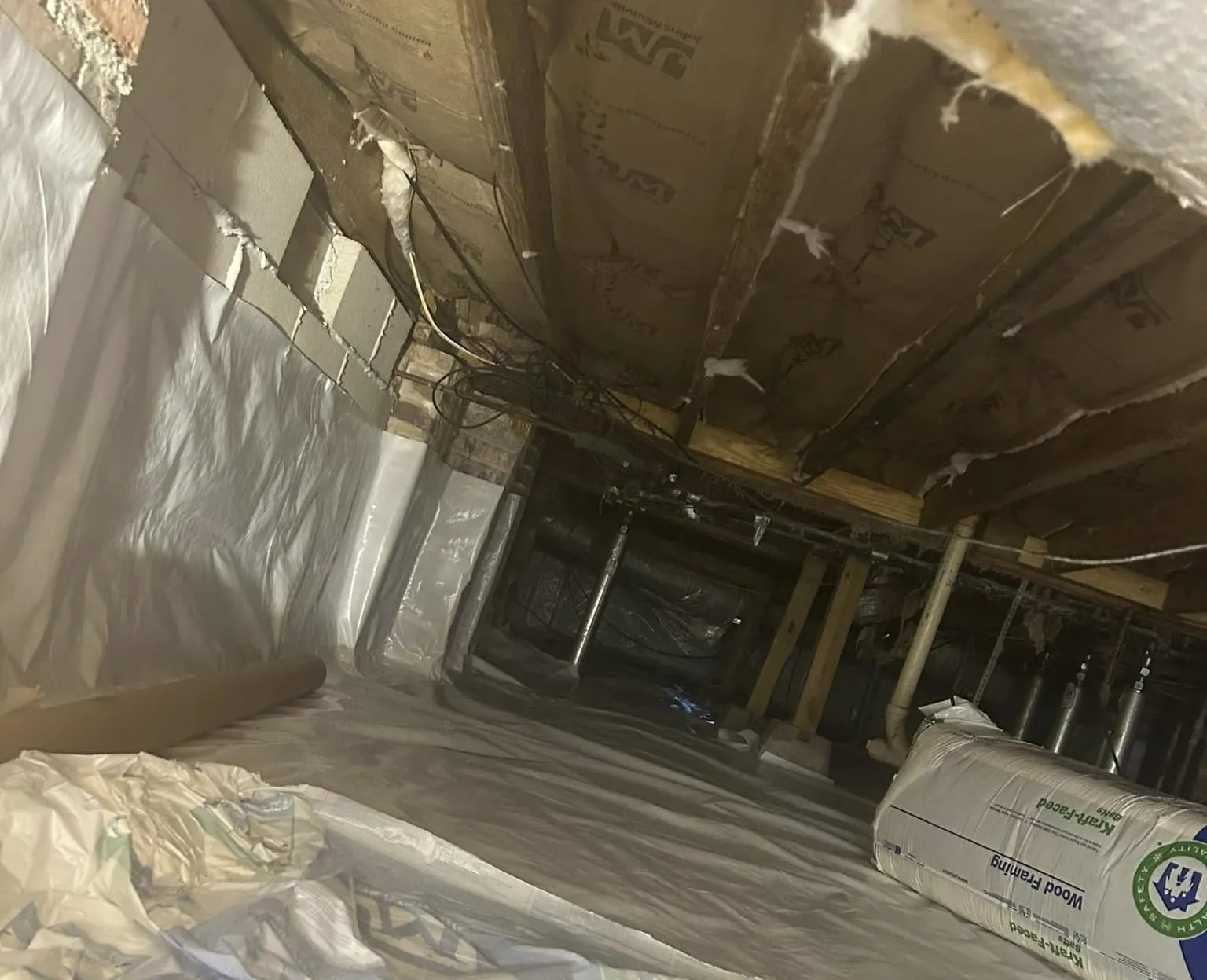
Comparison of Mold Inspection Options
| Inspection Type | Pros | Cons | Use Case |
|---|---|---|---|
| Visual Only | Quick, low cost | May miss hidden mold | Routine checks |
| Visual + Moisture Testing | Identifies visible + hidden issues | Moderate cost | Most common option |
| Visual + Sampling | Offers lab-confirmed ID | Higher cost | Property sale, legal, or health concerns |
Services Relevant to Crawl Space Mold Issues
Premier Insulation GA provides critical services supporting mold prevention and recovery:
- Crawl Space Encapsulation: Seals out moisture to prevent future mold growth.
- Crawl Space Mold Remediation: Removes visible mold and applies antimicrobial treatments.
- Dehumidifier Installation: Regulates humidity to stop recurring mold.
- Insulation Removal: Safely eliminates mold-damaged or moisture-trapping insulation.
Get Expert Insulation Guidance
For inspections or services related to crawl space mold and insulation, contact:
Premier Insulation GA
Phone: (229) 554-3939
Email: info@premierinsulationga.com
Receive expert recommendations based on real field experience throughout Georgia’s climate. All work is aligned with building science best practices for crawl space environments.
Common Questions About Crawl Space Mold Inspections
What areas will be inspected?
Subfloor, joists, insulation, vapor barrier, walls, HVAC lines, and plumbing penetrations.
How long does a typical inspection take?
Between 45 minutes and 2 hours depending on size and accessibility.
Is sampling always required?
Only when identification is needed for confirmation or in real estate and health-related cases.
Will the inspector provide a report?
Yes. Most include photos, readings, and recommendations.
Can I remain in the home during inspection?
Yes, the inspection is non-invasive unless remediation is scheduled later.
Frequently Asked Questions
How often should crawl space mold inspections be scheduled?
Annually, or after significant rain events, plumbing leaks, or signs of water entry.
What does it mean if only a small section of insulation has mold?
It may indicate a localized leak or poor air sealing in that area.
Can DIY inspections identify hidden mold?
Unlikely. Professional-grade meters and experience are needed for accurate assessment.
Are mold-resistant insulation materials effective?
Closed-cell spray foam resists mold better than fiberglass or cellulose.
What are signs that remediation was unsuccessful?
Persistent odors, elevated humidity, or recurring visible mold after treatment.

